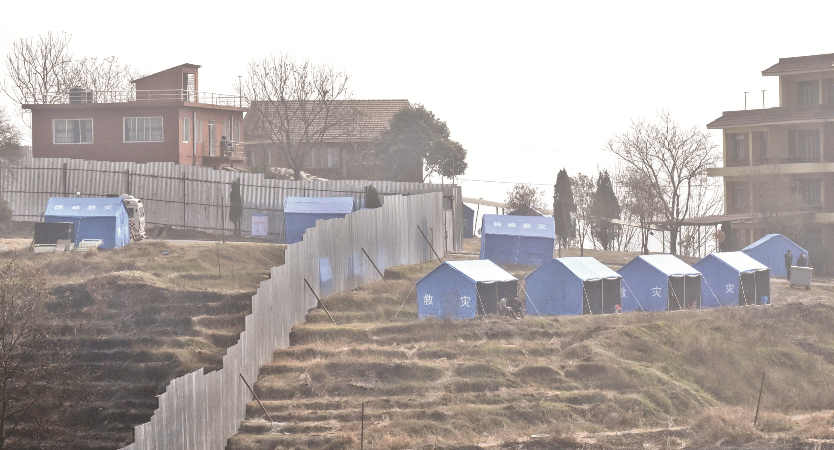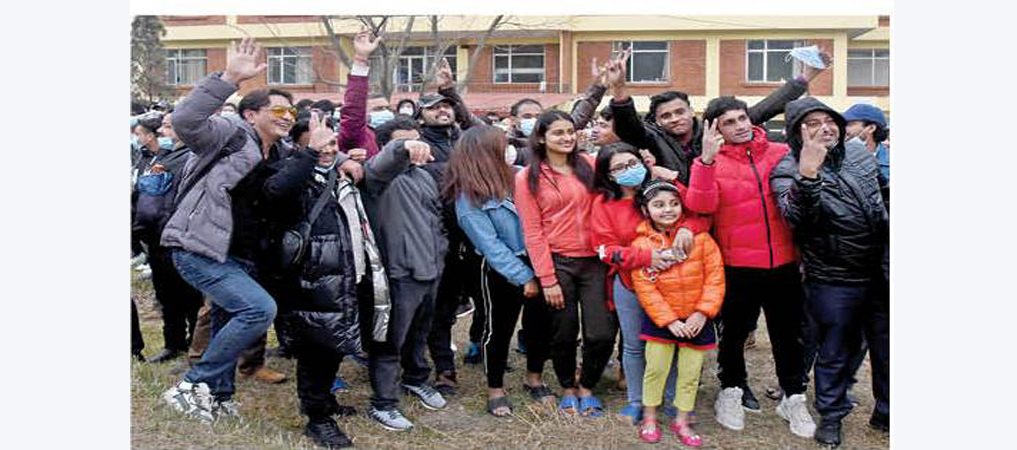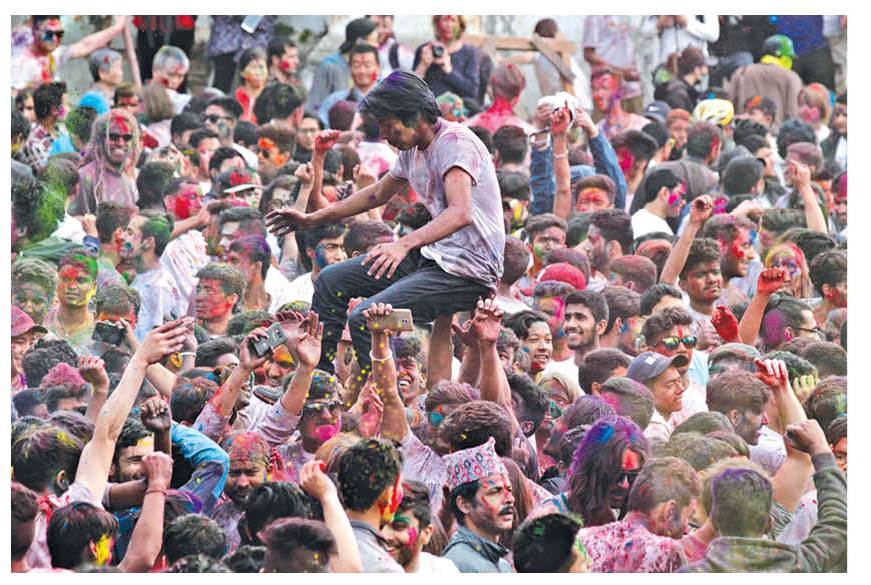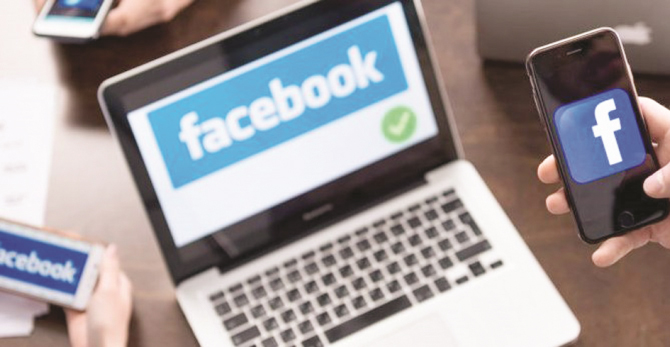Plasma Therapy Rekindles Hope

Sampada A. Khatiwada
Introduction of convalescent plasma therapy in the treatment of COVID-19 patients has rekindled a new ray of hope in the fight against the pandemic. Although it is still under observational phase, it has shown progressive changes in the infected patients upon whom the therapy has been carried out.
When a person is infected with the novel coronavirus, then his/her body creates antibodies to fight the virus. These antibodies are present in plasma. In the convalescent plasma therapy, the plasma, present in blood of the recovered COVID-19 patients, is transfused to the active COVID-19 patient so that the latter has more antibodies to fight the virus.
This is not an ultimate cure to COVID-19 patients and there have been some instances where people have succumbed to the virus infection despite undergoing the plasma therapy. Still it is considered as ‘the gift of life’ for the treatment of those patients who are in critical condition until the definitive vaccines come into use.
Prior to infusing the convalescent plasma into the corona patients, two basic requirements must be met. First, the blood group between the plasma donors and receivers must match. Second, the donor must have passed two weeks after recovering from the virus infection.
Currently, the number of active cases of COVID-19 is fewer than that of cases of recovery, meaning the donors outnumber the corona patients. As the blood for the therapy can be required across the nation, the donors must be kept stand by so that they can donate their plasma for the treatment of other patients wherever necessary. This calls for the need of an effective and prompt communication medium between the donors, receivers and the hospitals where the therapy is being conducted.
The National Health Research Council (NHRC) has been keeping the details on the recovered COVID-19 patients. This record must be made public in order to help those who are in the urgent need of plasma. The COVID-19 patients should have access to it and contact the donors as soon as possible.
As the plasma therapy has raised everyone's hope that the infected persons suffering from other chronic diseases could also be cured, the procedural aspects of giving and receiving plasma must be eased by the concerned authorities to ensure the efficacy of the treatment.
The use of advanced technology has eased communication and data sharing regardless of the purpose. One can contact with the other irrespective of his/her geographical differences. Thus, the technology must be brought into use to make sure that the donors and receivers of plasma are able to connect themselves to a common net. This would boost effective information sharing between them.
Also, public awareness must be raised across the nation regarding the importance of the plasma therapy in treating virus-infected patients. Information regarding the places to contact for donation and collection of plasma must be disseminated through all the modes of communication.
Recent News

Do not make expressions casting dout on election: EC
14 Apr, 2022
CM Bhatta says may New Year 2079 BS inspire positive thinking
14 Apr, 2022
Three new cases, 44 recoveries in 24 hours
14 Apr, 2022
689 climbers of 84 teams so far acquire permits for climbing various peaks this spring season
14 Apr, 2022
How the rising cost of living crisis is impacting Nepal
14 Apr, 2022
US military confirms an interstellar meteor collided with Earth
14 Apr, 2022
Valneva Covid vaccine approved for use in UK
14 Apr, 2022
Chair Prachanda highlights need of unity among Maoist, Communist forces
14 Apr, 2022
Ranbir Kapoor and Alia Bhatt: Bollywood toasts star couple on wedding
14 Apr, 2022
President Bhandari confers decorations (Photo Feature)
14 Apr, 2022











